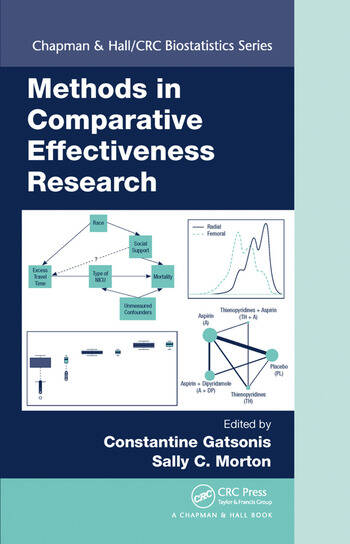Enhancing competition in on-patent markets
Algú pot pensar, si un producte farmacèutic està protegit per patent doncs llavors és un monopoli, doncs no. Pot haver-hi alternatives terapèutiques dins el mateix grup que es trobin en competència. I si això és així, llavors ens hem de preguntar quin és el nivell de competència que es produeix realment.
L'OCDE acaba de donar resposta a la pregunta, i el missatge és que l'impacte en preus és molt limitat. Fins i tot es produeixen augments de preus en contextos on el nou producte no redueix quota de mercat dels anteriors ni el preu.
Aquestes són les conclusions:
• There is mixed empirical evidence of the existence and impact of therapeutic competition in OECD countries. A review of the literature revealed only very limited evidence of the impact of competition between patented products on prices or market share, with a few studies reporting that the impact may not be discernible until several competing products have entered the market;
• No clear evidence of price competition was observed within those therapeutic classes in our sample with fewer than five therapeutic alternatives. In fact, over the period of the analysis the countries in our sample experienced significant price increases despite the market entry of multiple therapeutic alternatives within the selected drug classes, with prices of follow-on products often higher than those of the first-in-class. Later entrants were also observed to acquire market share without any decline in sales of the first-in-class product, regardless of whether they set a price higher or lower than that of the first-in-class.
• Policies that define coverage, pricing, prescribing and procurement practices can theoretically shape the extent to which product alternatives compete.
• While most countries assess comparative effectiveness of alternative products within a therapeutic class, the extent to which that assessment informs policy varies widely, and the extent to which these analyses are used to promote on-patent competition is unclear.
• While tendering is increasingly used for procurement of medicines, few countries apply it to patented products in both inpatient and outpatient sectors;
• Price competition does not appear to be the default dynamic resulting from successive market entries. Policy settings around pricing, procurement and formulary management must therefore be designed to facilitate and promote competition between patented products.
I aquestes són les quatre recomanacions:
• Ensuring alignment of pricing and procurement policies to create a pro-competitive environment.
• Optimising the use of formulary management. Payers and health insurers in only a few countries use formulary management to foster competition as leverage in price negotiations in exchange for preferred status on formularies or in clinical algorithms. Where therapeutic alternatives exist, preferred status can be used to encourage competitive pricing as it significantly impacts market share;
• Promoting the use of tendering by class or indication for the treatment of a particular condition; and,
• Utilising evidence of comparative effectiveness to build recognition among the clinical community and competent authorities of the potential value of therapeutic alternatives in driving on-patent competition.
El suggeriment a tenir en compte per al regulador-finançador: utilitzar licitacions enlloc de preus en grups terapèutics equivalents patentats. En un context de preus confidencials, aquesta recomanació encara pren més volada. Se li ha girat feina, si en vol tenir.




